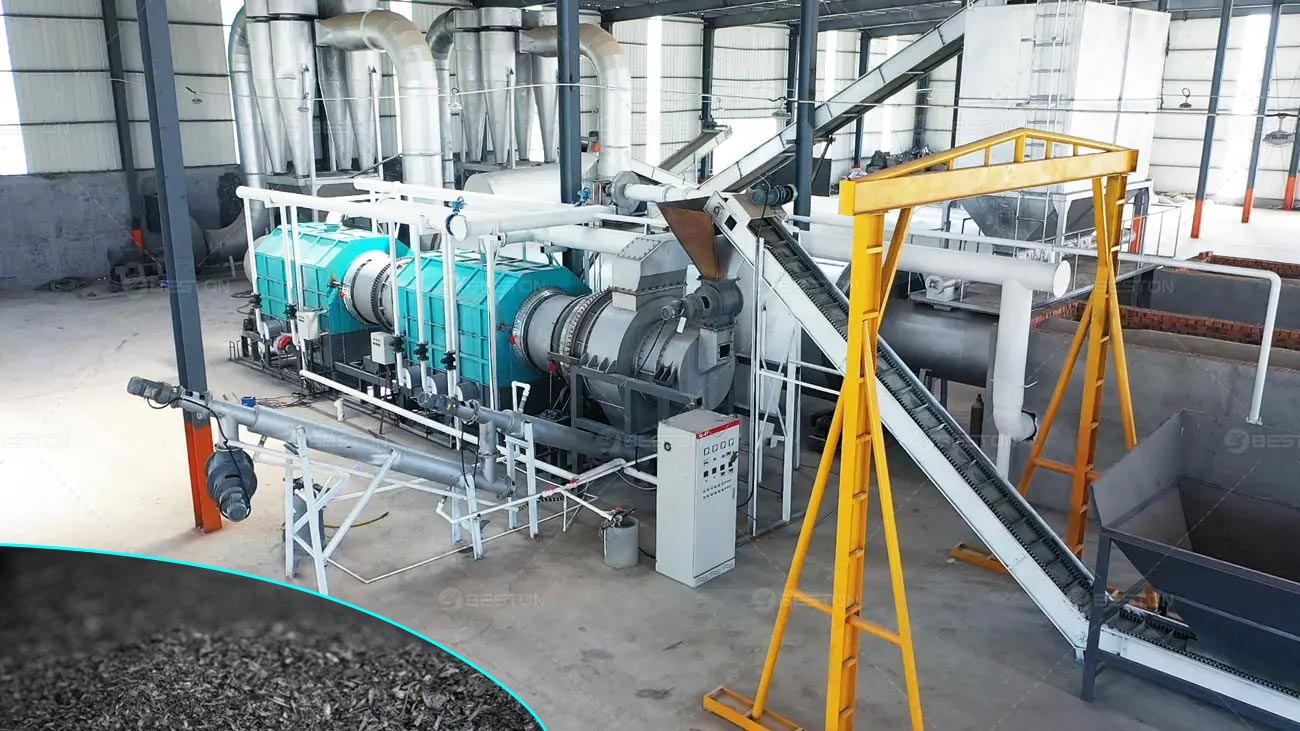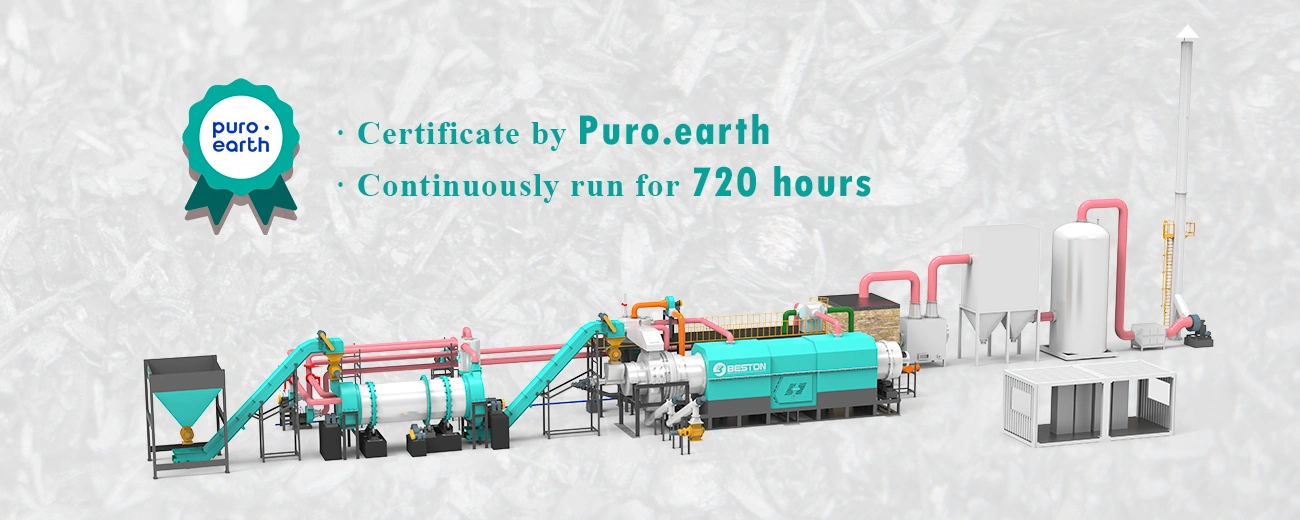In the world of environmental technology, especially in the area of waste-to-energy solutions, it’s not uncommon for a single type of equipment to be referred to by several different names. This can sometimes create confusion for buyers, investors, or researchers who are trying to understand what the machine does and whether it fits their project needs. Let’s explore how and why the same piece of equipment can be described in multiple ways — all depending on context, focus, and marketing strategy.
Why One Machine Might Have Different Names
There are a few key reasons why manufacturers and users refer to the same machine using different terminology. One major reason is the target market. Different industries or regions may have their own preferred terms. Another reason is the focus on function. A machine may perform multiple tasks, and its name can change based on which function is being emphasized. Finally, SEO and digital marketing considerations also play a role. Companies often optimize their content to rank for different keywords even when referring to the same core product.
Contextual Terminology Based on Raw Materials
One common example of this is the equipment used to convert organic waste into biochar. When the emphasis is placed on converting agricultural waste such as rice husks, sawdust, or coconut shells into carbon-rich charcoal, some call it a carbonization machine. This term highlights the thermal decomposition process where the raw material is transformed into carbon-based residue in the absence of oxygen.
However, when discussing the same process within the framework of pyrolysis technology, the equipment is often referred to as a biomass pyrolysis machine. This name emphasizes the scientific process — pyrolysis — where heat is used to break down organic material. While “carbonization” and “pyrolysis” describe related concepts, the use of either term depends largely on whether the speaker is focusing on the outcome or the process itself.
Application-Based Naming Variations
Another name frequently associated with this same machine is biochar pyrolysis equipment. This term is particularly popular in agricultural or climate change-related contexts, where biochar is promoted as a soil amendment and a method of carbon sequestration. By referring to the machine this way, companies and researchers are framing the equipment as a tool for sustainability and environmental enhancement.

So, although all three terms — carbonization machine, biomass pyrolysis machine, and biochar pyrolysis equipment — can point to the same or very similar equipment, the nuances lie in how the equipment is positioned and what outcome is being prioritized. It’s a subtle but powerful example of how language shapes our understanding of technology.
Marketing Strategy and SEO Considerations
From a business perspective, using multiple terms for the same product is also a savvy marketing move. It allows companies to capture a wider audience via search engines. Someone searching for “carbonization” may not immediately use the term “pyrolysis,” even though they’re interested in the same end goal. By creating content that includes all of these variations, companies can reach more potential customers and provide better educational resources for decision-makers in different industries.
How to Know Which Term to Use?
If you’re researching or shopping for this type of equipment, don’t be alarmed by the varying terminology. Instead, focus on the technical specifications and applications of the machine. Ask questions like:
- What raw materials can it process?
- What is the temperature range?
- What is the final product used for?
- Is the system batch-type, semi-continuous, or fully continuous?
These practical factors are more important than the label. Whether it’s a carbonization machine, a biomass pyrolysis machine, or biochar pyrolysis equipment, the key is that it helps convert biomass waste into something valuable and environmentally beneficial.

Conclusion: Don’t Let the Name Confuse You
In conclusion, don’t get caught up in the name of the equipment — focus on what it does. The differences in terminology reflect different priorities: process, product, or marketing appeal. As long as the equipment meets your technical and operational needs, the label is secondary. Still, being aware of these naming conventions can help you make more informed decisions when comparing options or communicating with suppliers.
So next time you hear someone mention a carbonization machine, a biomass pyrolysis machine, or biochar pyrolysis equipment, remember — they’re likely talking about the same remarkable piece of technology that’s turning waste into a valuable resource. Your questions are welcomed at Beston Group for additional information.